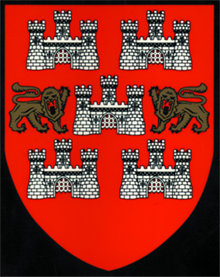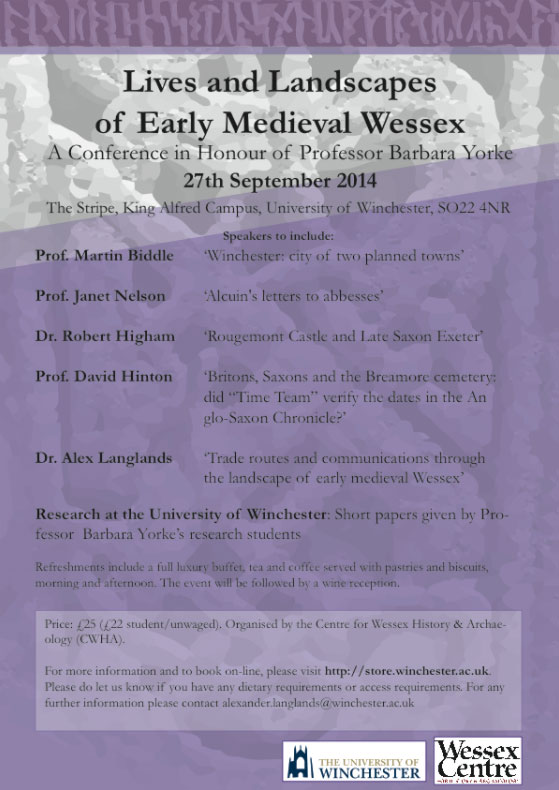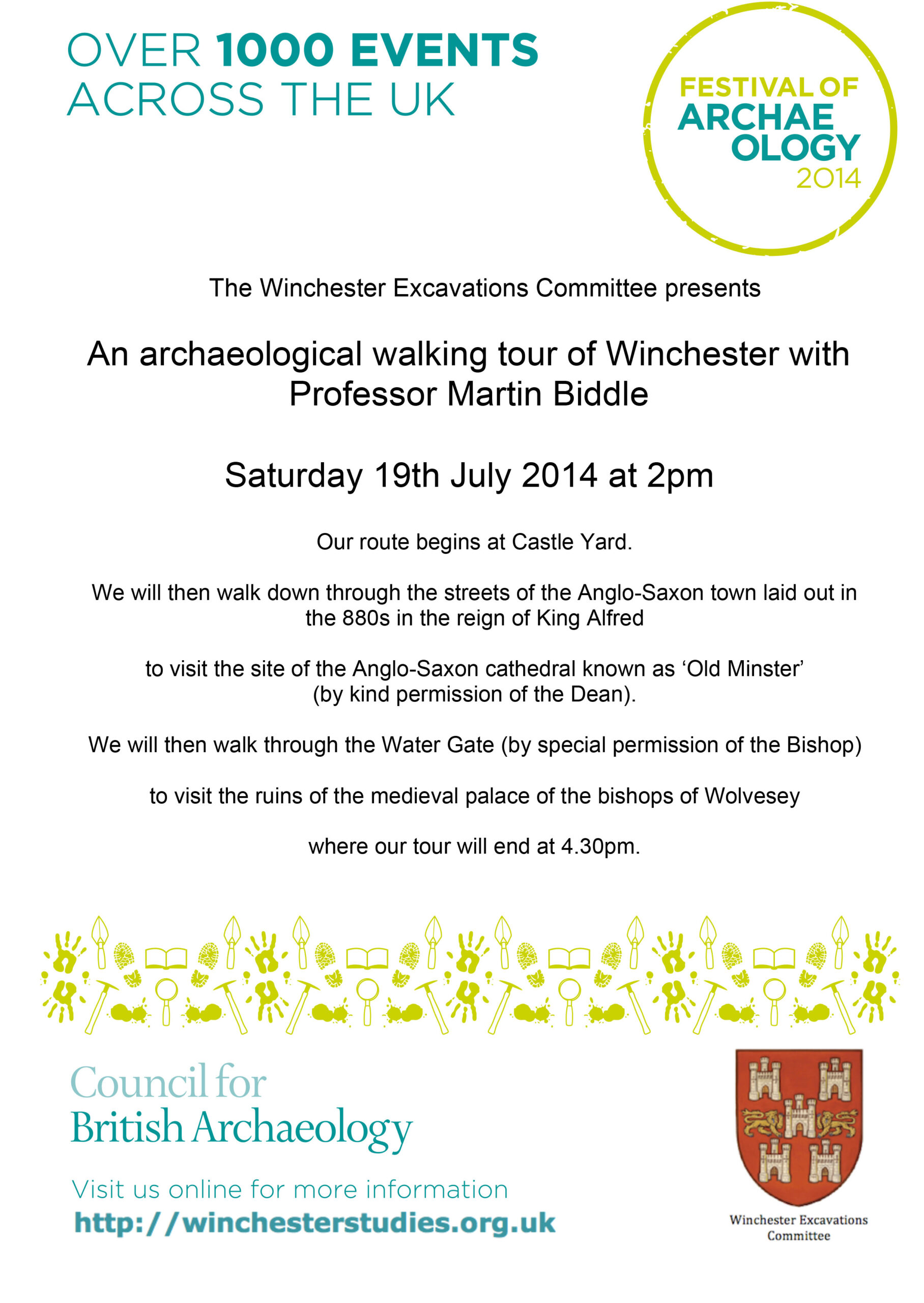Roman bronze head of ? Jupiter from Winchester
A half-life-sized bronze head was found in 1837 in digging the vast railway cutting immediately west of the Roman walled city of Winchester (Venta Belgarum). Identified variously as Hercules or Hadrian, the head is probably of Jupiter (ex inf. Martin Henig). First illustrated in The Gentleman’s Magazine 10 (October 1838)…
Can you help us track down Winchester’s lost Roman Bronze head?
UPDATE!
The Roman bronze head has now been found. It was purchased by the British Museum from Rollin and Feuardent in 1897 and has remained in their collection ever since. From 2003 to 2010 it went round the world as part of the ‘Treasures of the World’s Cultures’ exhibition.








